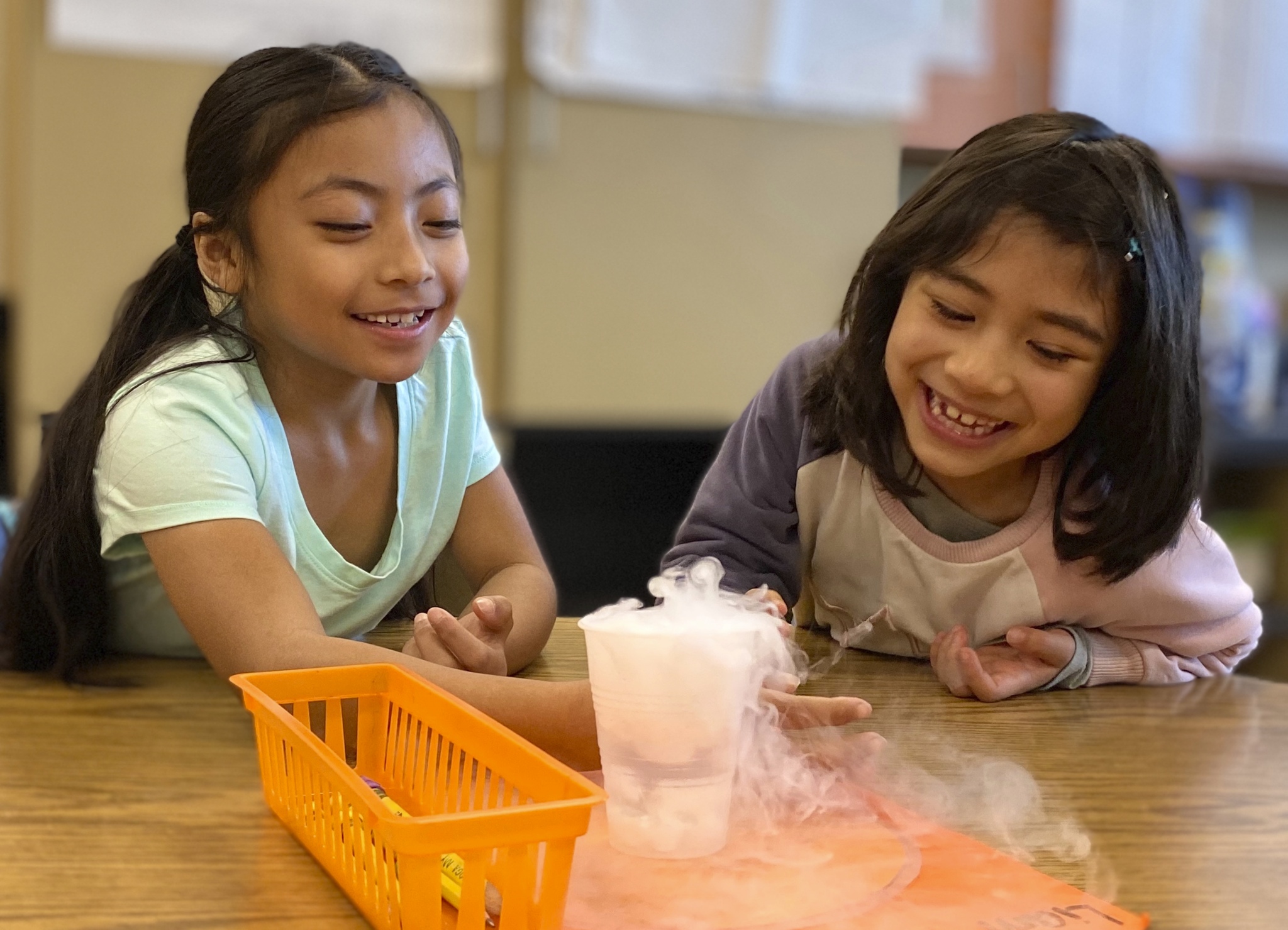Mission & History
Our Mission & Vision
The mission of CRS is to empower teachers and STEM professionals serving schools in historically marginalized communities to activate TK-8 students’ curiosity about the world, foster critical thinking, and inspire children to imagine future career pathways. We envision a community of educators, scientists, families and partners working together to build school cultures that equip all children to explore the world around them and build the skills needed to become innovators, problem solvers, environmental stewards, life-long learners and leaders. CRS leads a dynamic network, fostering relationships and collaborations that leverage expertise and resources to transform science teaching and learning toward greater equity, opportunity, and success for all students.
Our goal is simple: help teachers give students more opportunities to “do science” – to ask questions, test ideas, get their hands on real science activities. We need to inspire the next generation of thinkers, makers, problem solvers, and leaders!
A Call to Action For Science Education
Lawerence Hall of Science, University of California, Berkeley

The overwhelming majority of scientists indicate their passion for science was sparked by learning experiences they had by age 11.
The digital divide is augmenting the opportunity gap in science, as students from low income and minority communities often lack access to science enrichment outside of the school day. Ensuring these students experience science and develop scientific understanding in school is critical to ensuring they will be on a path to preparation for careers.
A Powerful Model for Engaging Teachers & Students in Science
